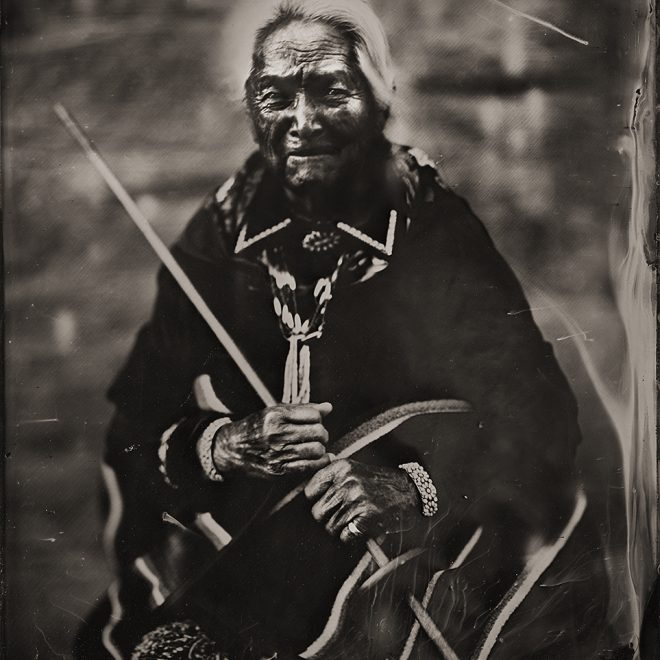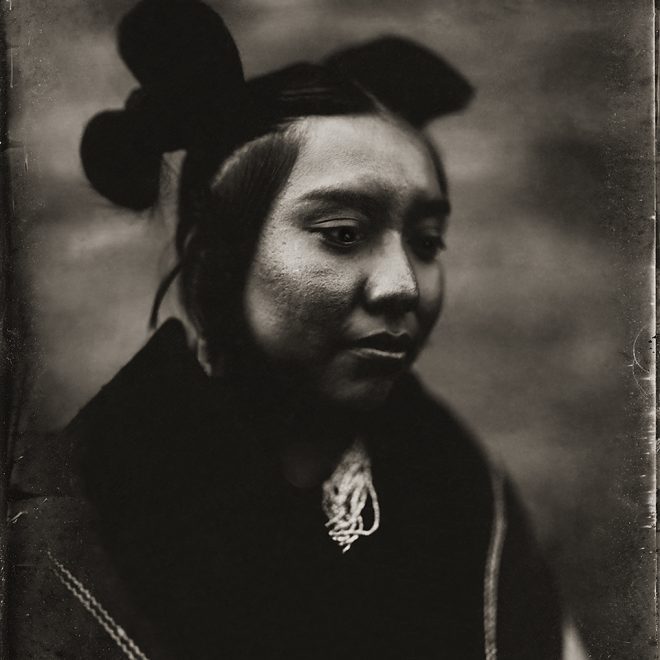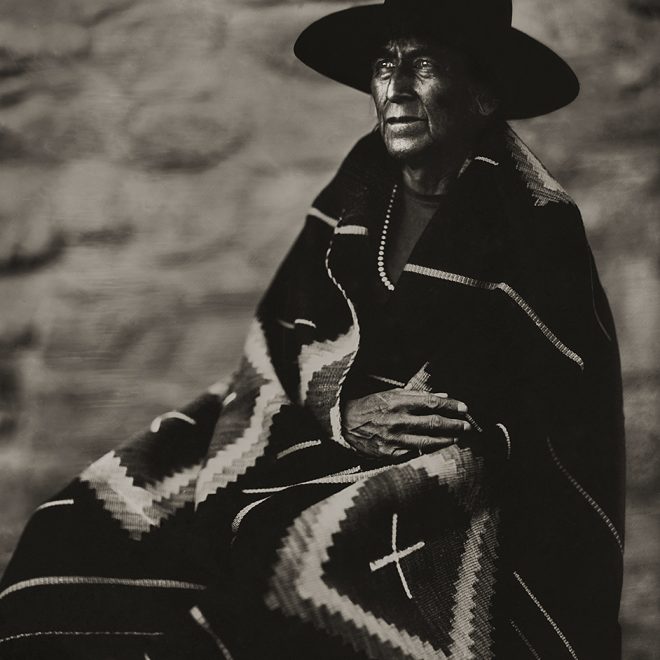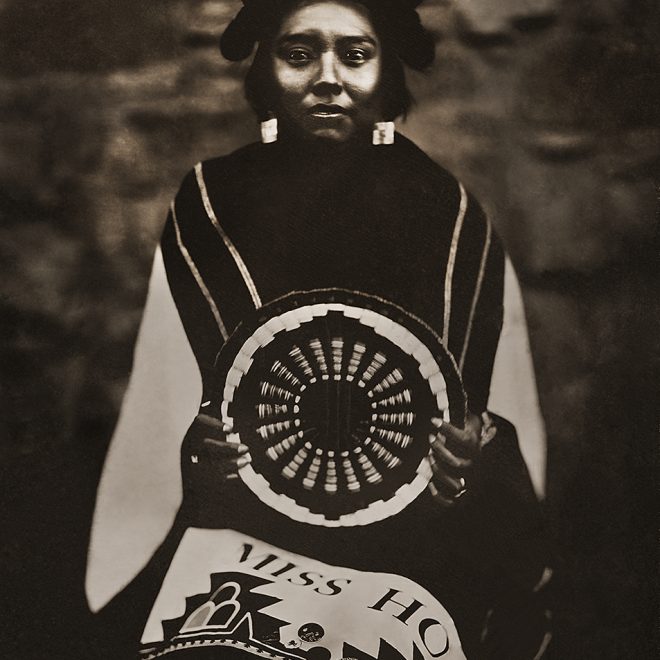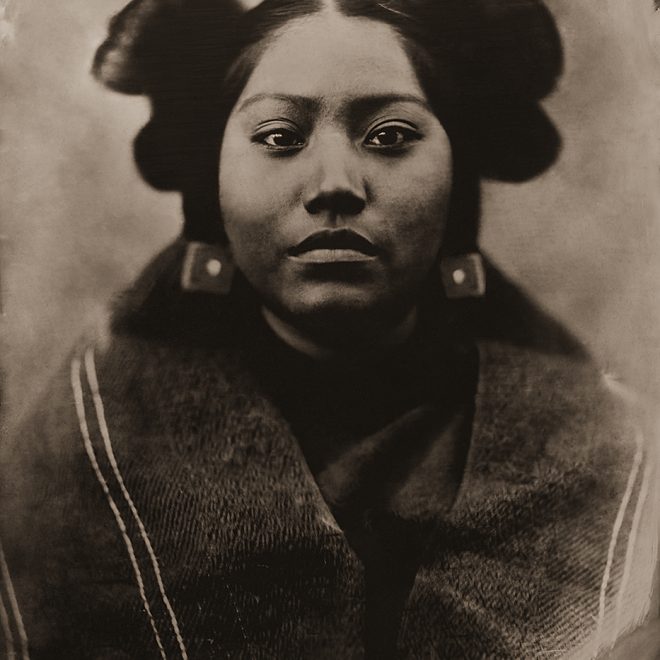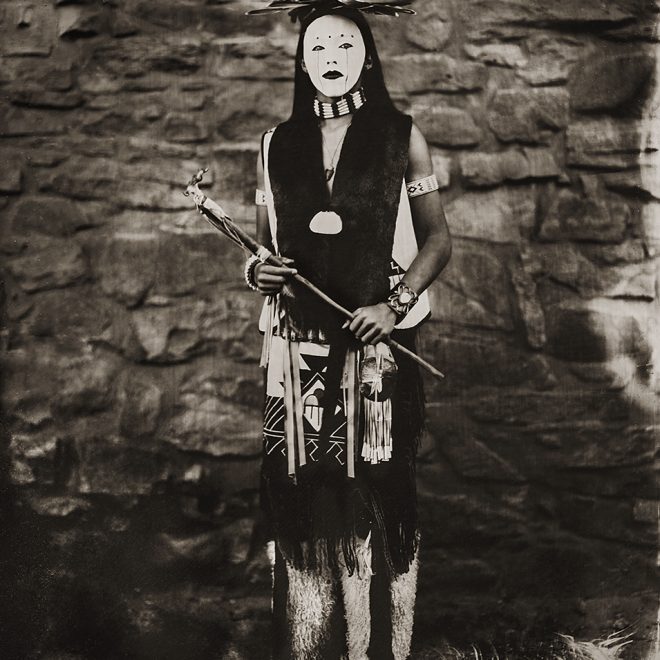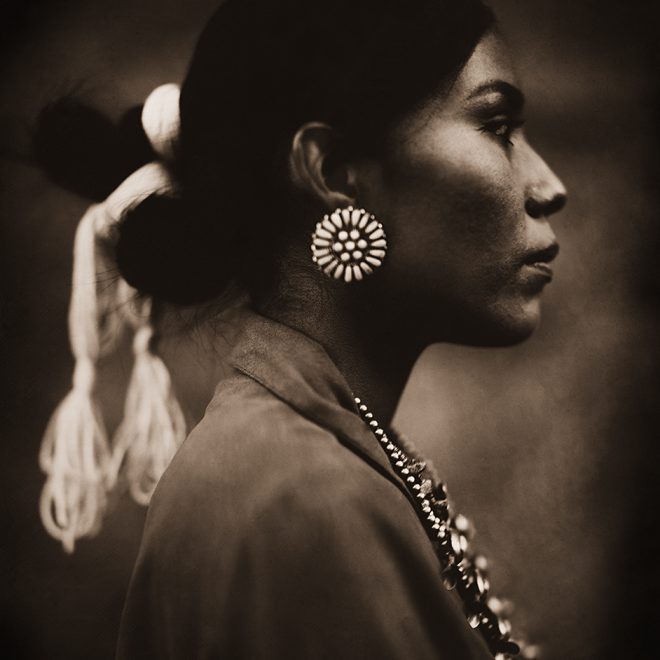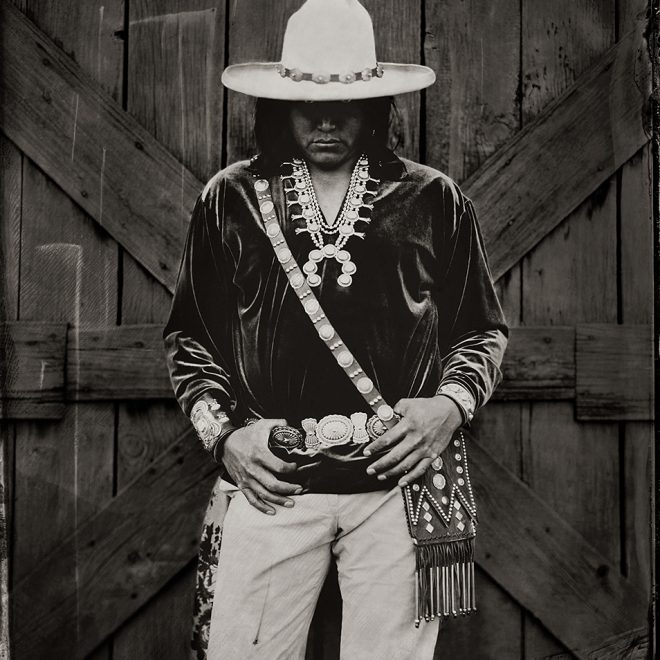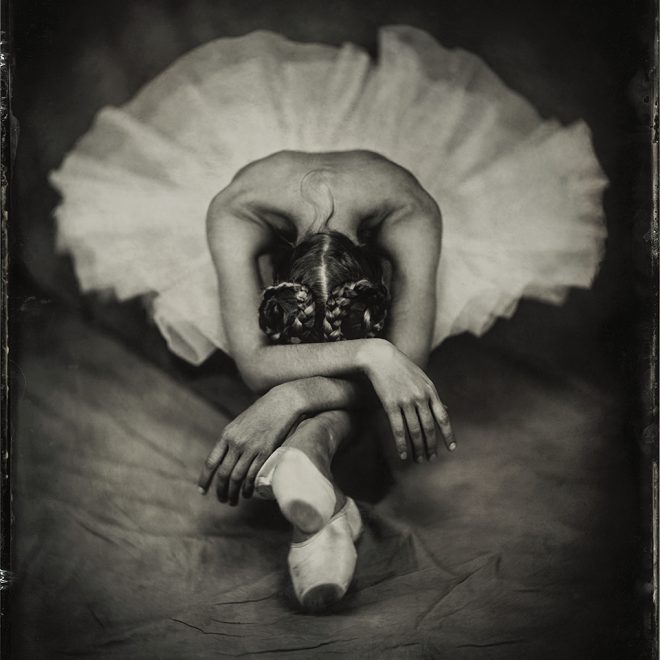Joseph Kayne
Wet Plate Collodion Tintype and Fine Large Format Landscape Photography
Joe is one of a rare number of artists using the Wet Plate Collodion Tintype Process. The Wet Plate Collodion process is one of the earliest forms of photography, starting in the 1850’s. The process is slow. Each plate is hand-poured. Images are made on 8×10 pieces of tin or glass, which are coated with collodion and silver. The plate, still wet with silver, is then exposed in Joe’s large format 8×10” wooden Deardorff camera. Joe uses an old French brass lens from the 1870’s. There is no negative or film. The plate is poured, exposed and developed on site The photograph and plate become one. The whole process, from beginning to end, must be finished while the chemistry is wet, which is approximately 15 minutes. Joe often uses a small portable box as his darkroom. The process is valued for the level of detail and clarity it allows, as there is no grain. Wet Plate Collodion was very popular during the civil war, and the plates have that “unique wet plate look” that cannot be duplicated. Given the somewhat unpredictability of the chemicals used in this process, flaws and anomalies enhance the image and make Joe’s tintypes one of a kind pieces of art. Each individual plate is distinct because of the hand pouring technique and the reaction of the chemicals. The plates have a dreamy impressionistic quality that are hard to replicate.
Email: kaynephoto@gmail.com
Website: https://www.josephkaynephoto.com
Outside Magazine: Deb Haaland- Interior Secretary Photo feature



